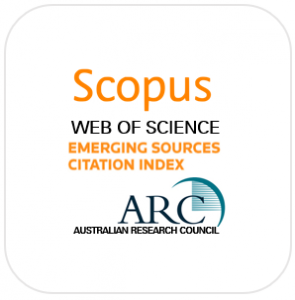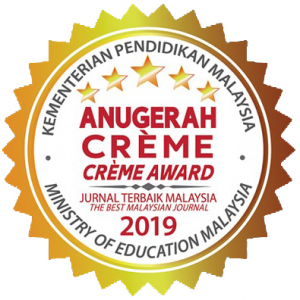ABSTRACT
November 8th to 12th, 2011, marked the first targeted gathering of people involved in researching, managing, and developing underwater cultural heritage (UCH) in the Asia-Pacific region. Since then, the Asia-Pacific Regional Conference on Underwater Cultural Heritage (APCONF) has been convened every three years, providing a unique opportunity to bring together members of government agencies, universities, non-governmental organisations (NGOs), intergovernmental organisations (IGOs), museums, the private sector, and the wider community. Participants from over 35 countries have attended the conference, making it a truly international endeavour. The APCONF was created in part to promote awareness of UCH on a wider scale. As such, one of the primary directives of the inaugural conference was to ensure that all papers presented would be recorded in full in the official conference proceedings, so as to establish an ongoing archive of the critical work being done in this region. This article will examine the wider benefits of creating this regional network through the APCONF, arguing that it provides an important venue for face-to-face networking that can lead to additional collaborations, and contributes to the understanding of how the conference may evolve in the future. The fact that the APCONF is not tied to a specific membership base provides not only unusual flexibility but also financial and infrastructural unsurety. The conference is organised by a group of dedicated volunteers and funded almost entirely by donations. As we stop to consider the first decade of the APCONF’s achievements, we also need to determine the best ways to ensure its sustainable future success.
DOWNLOAD

